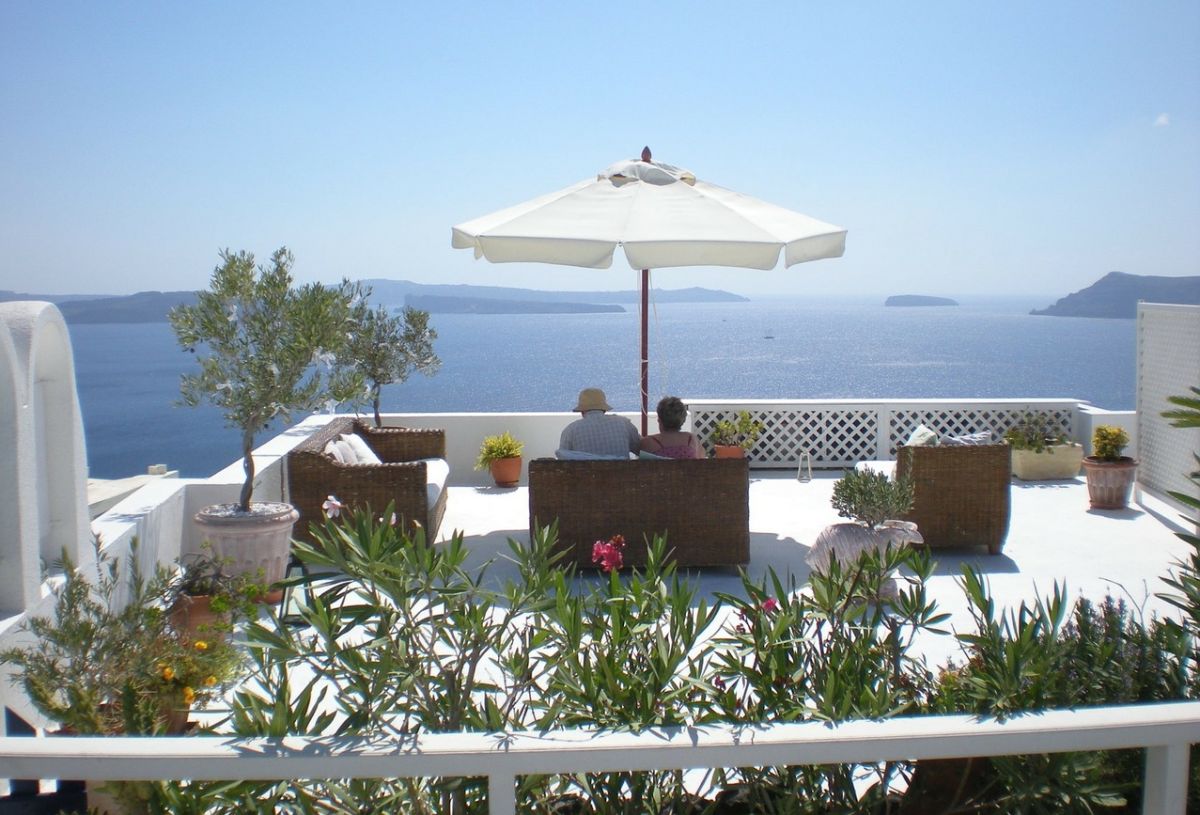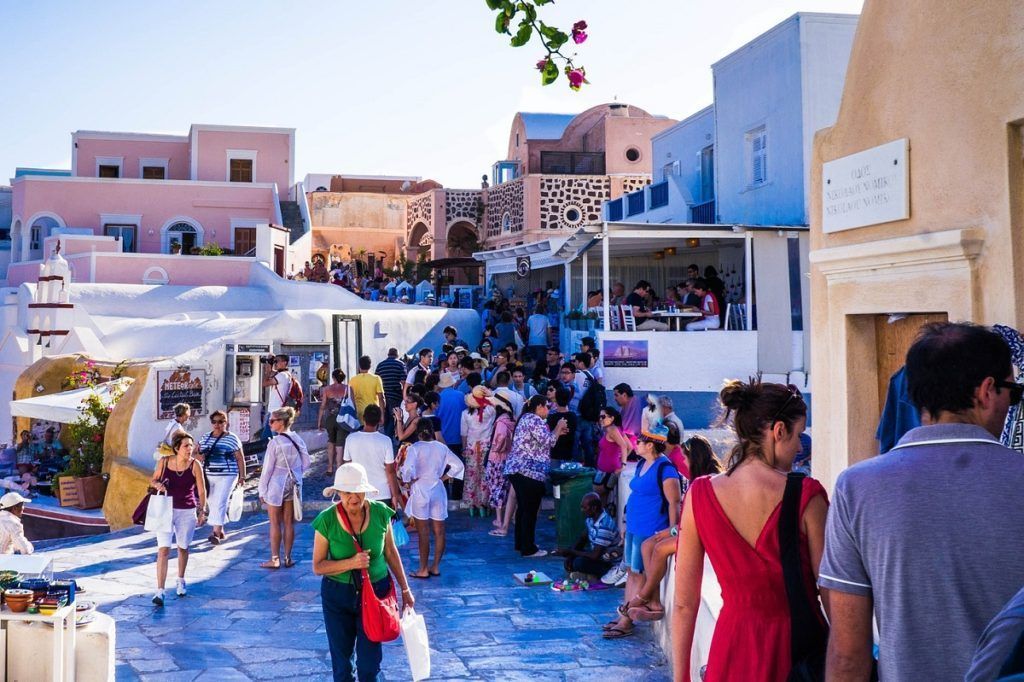IMIC 2017: ‘Smart’ Travel Tools to Ease Congested Tourist Destinations
By Maria Paravantes on Santorini
“People make the difference,” professor Marianna Sigala said minutes after informing delegates at the IMIC 2017 tourism conference held in Fira, this week that she cries every time she visits her homeland, Santorini.
The reason? The impact of mass tourism and the crowds that inevitably contribute — on the positive side — to growth, revenue and jobs but at the same time take a toll on the landscape, the way of life and the age-old customs and traditions of the locals.
A professor of tourism at the University of South Australia Business School and director of the Center for Tourism and Leisure Management (CTLM), Sigala underlined that people do make a difference and that more tourism – an inevitability – does not have to be a bad thing … thanks to new technologies – more specifically cell phone sensing platforms.
In her presentation during the IMIC 2017 conference, Sigala referred to “smart destinations”.
“Overcrowding is an international problem affecting all popular destinations and it needs management,” she says. Regulations, market approach and soft tools aside, Sigala points to a ‘people allocation’ method that aims to decongest overcrowded areas while facilitating the travel experience. In effect, through smart phones and relevant apps travelers will be “guided” towards areas with fewer visitors, closer to their interests and preferences. This even distribution of tourists will not only enhance their experience of a destination, but will also offer equal opportunity for all business owners to do business. So once you get a traveler to download an app, user participation offers sensor data which in turn creates a heat map of tourist activity that can be directed towards different areas depending on the saturation of a given location.
 “You create the story of your destination,” Sigala told GTP Headlines. “You have the product and if that product brings in the crowds then it’s your job to create the story of the destination, understand the needs of your visitor and manage both to the benefit of both,” underlining that it is vital all stakeholders work together and legislation be enforced.
“You create the story of your destination,” Sigala told GTP Headlines. “You have the product and if that product brings in the crowds then it’s your job to create the story of the destination, understand the needs of your visitor and manage both to the benefit of both,” underlining that it is vital all stakeholders work together and legislation be enforced.
“It goes without saying that smart destinations are all about networks, collaboration of all parties involved,” she says.
Sigala referred to well known examples such as Venice, where authorities have placed a cap on visitors, and the Forbidden City in China, where smart tourism is a national priority and tourists have to book online to visit, or lesser known cases like Tasmania, where local authorities “nudge” the traveler towards less congested areas via apps through their smart phone signal while collecting precious data in the meantime for research. “In this way you also create a relationship with the tourist and have data that can provide insight into their desires and needs,” she tells GTP Headlines.
“The point is to facilitate and educate your visitor through their trip, you want a sustainable form of tourism for the future. Why would anyone want to visit a packed destination when they can go somewhere similar,” she said presenting the disturbing case of Santorini Park Cha-Am in Thailand.
Yes, Sigala admits there is an issue of privacy but at the same time she notes that it’s a sign of the times. When I asked her whether this applies only to younger generations, she disagreed. “There are so many examples of seniors using applications and new technologies. They’ve become a way of life.”







